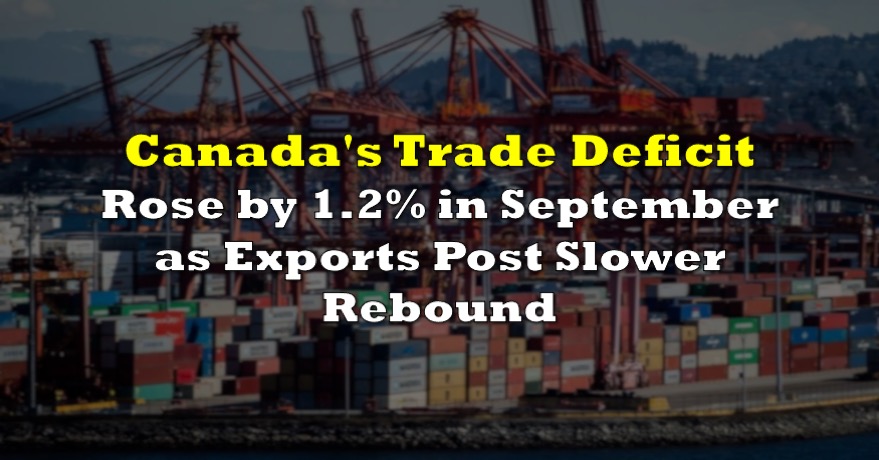Canada’s economy continued its strong recovery in February, expanding by 0.4% and validating forecasts that activity will soon return to pre-pandemic levels.
February marked the tenth consecutive increase in Canada’s GDP, following the steep nadir observed in March and April of last year. Economists polled by Bloomberg expected a larger increase of 0.5%, but according to Statistics Canada’s preliminary estimates, real GDP will rise by approximately 0.9% in March, further eliminating economic slack. At the current pace, output levels in March are about 1.3% below pre-pandemic levels observed in February 2020.

In February, 14 of the 20 economic sectors noted gains, as service-producing industries expanded 0.6%, while goods-producing industries fell for the first time since April 2020, by 0.2%. Following what were two months of declines, activity in the retail sector jumped 4.5%, after a number of provinces lifted or eased restrictions. The continued growth in home construction and renovation pushed GDP levels among building material and garden equipment and supplies dealers up by 3.5%.

Similarly, the construction sector rose 2% in February, with all subsectors noting increases. Residential building construction jumped 4.7%, partly led by gains in single-family home construction. Non-residential construction was also up 0.3% in February. Conversely, Canada’s manufacturing sector contracted 0.9%, after a 1.5% gain in January.
The mining, quarrying, and oil and gas extraction sector fell 2.8%, as two of the three subsectors contracted. Oil and gas extraction decreased 3.9% in February, after five consecutive months of gains. Oil sands extraction was also down by 4.8%— the first downturn in six months. On the other hand, support activities for the mining, and oil and gas extraction subsector rose 3.5%, led by higher drilling and rigging services.
Canada’s accommodation and food services sector jumped 3.5% in February, after five straight months of contractions. On the contrary, transportation fell 2%, and wholesale trade declined 1%.
Information for this briefing was found via Statistics Canada. The author has no securities or affiliations related to this organization. Not a recommendation to buy or sell. Always do additional research and consult a professional before purchasing a security. The author holds no licenses.









